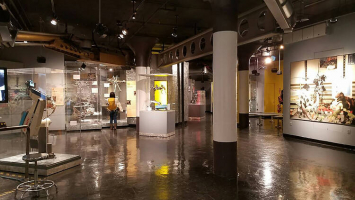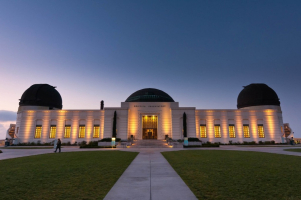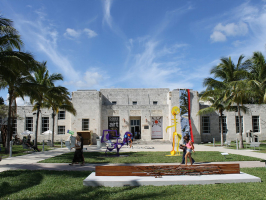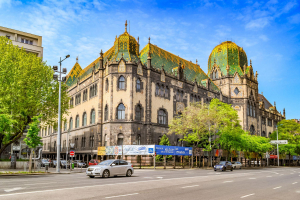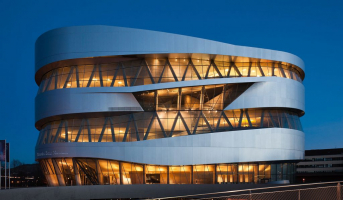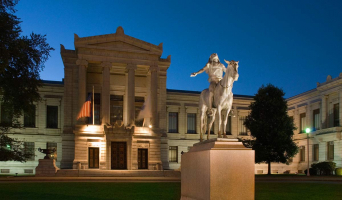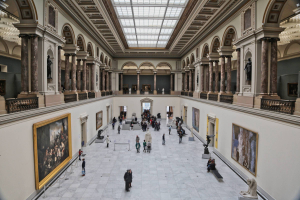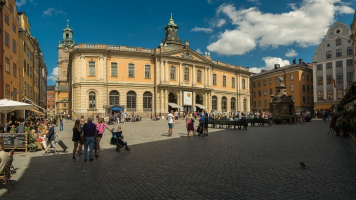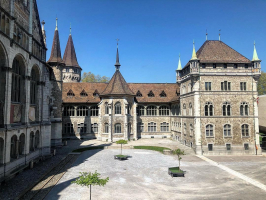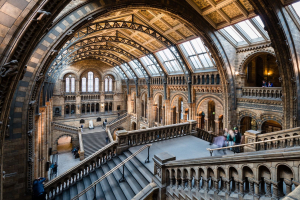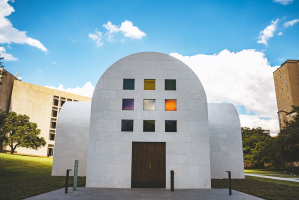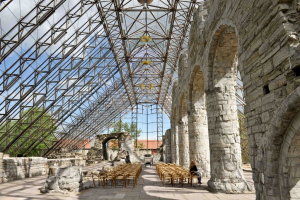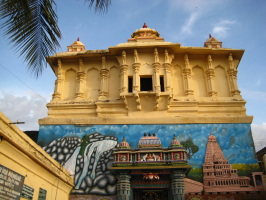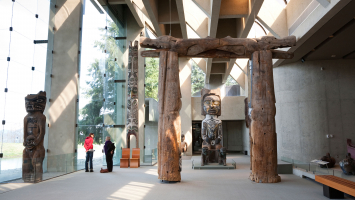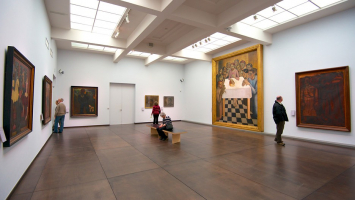Top 10 Best Museums to Visit in Greece
Greek museums provide insight into many elements of life in Greece to both locals and visitors. Greek culture is rich and symbolic, and Greek history is widely ... read more...discussed. Greek environment has intrigued people all around the world from prehistoric times, as has Greek culture and lifestyle. The wealth, depth, and relevance of Greek culture are on exhibit at the country's numerous museums, which are strategically positioned throughout the country. Let's find out the best museums in Greece.
-
Antonis Benakis, born in Alexandria in the late 1800s, was the son of a politician. Antonis Benakis gave the country one of its greatest museums in 1930. It has three stories and displays flawless and rare gems from the Bronze Age to World War III. The Byzantine icons and huge collection of Greek regional costumes are stunning. You may also see the whole dining rooms of Macedonian houses, replete with elaborate and complex woodwork and paintings. Benakis' acute eye has even made the agricultural instruments on the exhibit appear gorgeous.
The Benaki museum's diverse collection of exhibitions, which includes Classical Greek treasures, provides spectators with a variety of topics to ponder. The museum's hours of operation have been extended as an extra incentive. It should be noted that the museum has two additional main departments, one for modern art at 138 Pireos Street and the other for Islamic art in Keramikos. Other tiny museums include The Ghika Gallery, Mentis Passementerie, Toy Museum, and Yiannis Pappa Studio. A 25 Euro admission charge is good for three months. Benaki Institution is a renowned Greek museum that should be on your museum visit list.
Location: Koumpari 1, Athens, Attica 10674
Website: benaki.org
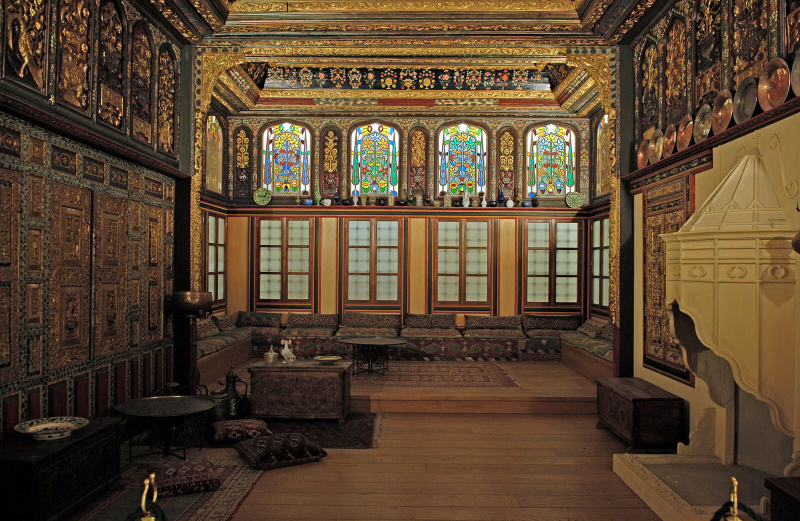
Benaki Museum 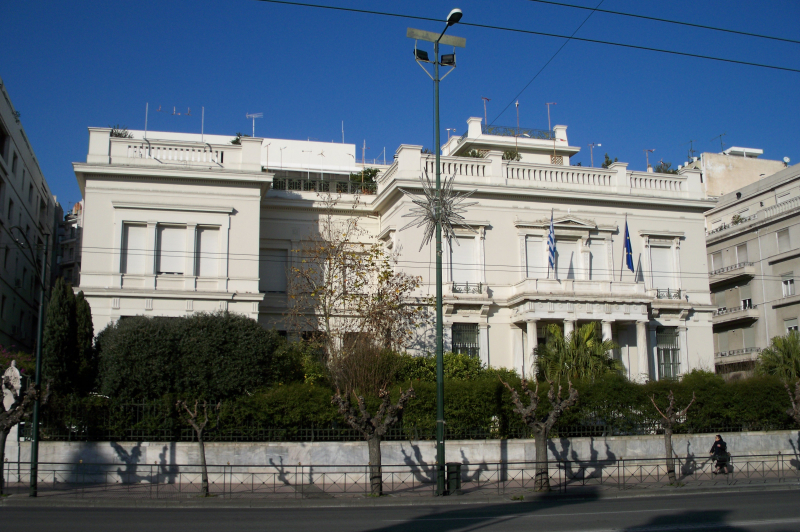
Benaki Museum -
Ilias Lalaounis has dressed the likes of Elizabeth Taylor and Melina Mercouri and is the unique creator of classically inspired gold jewelry based on the distinct strong Greek style. The museum's 4500 exhibits draw significantly on Greek inspirations, from pre-Columbian patterns to wildflowers. On the main level, there is also a hands-on jewelry studio and a small gift shop. The family's present work is on exhibit in the Ilias Lalaounis shop and at the Zolotas, another family company near the Syntagma.
This is one of the world's few museums dedicated to modern jewelry and decorative arts. Nature, health, astronomy, and modern technology inspire imaginative collections. The Ilias Lalounis Jewelry Museum, housed in a neo-classic 1930s structure, is another of the great Greek museums located at the foothills of the Acropolis' southern slope. The museum was refurbished to become a worldwide center for goldsmithing and other traditional crafts. The permanent exhibitions of jewelry and decorative pieces reflect Lalaounis' outstanding vision and achievement.
Location: 12 Kallisperi, Athens, Attica 117 42, Greece
Website: lalaounis-jewelrymuseum.gr
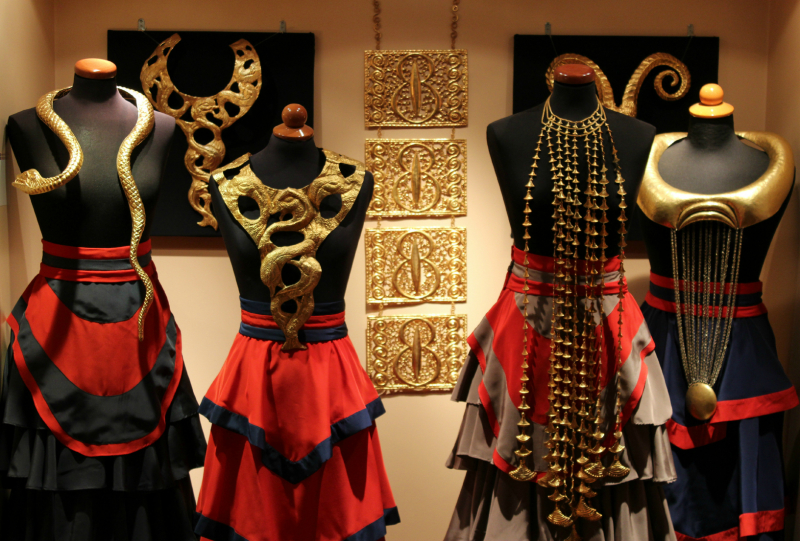
Ilias Lalaounis Jewellery Museum 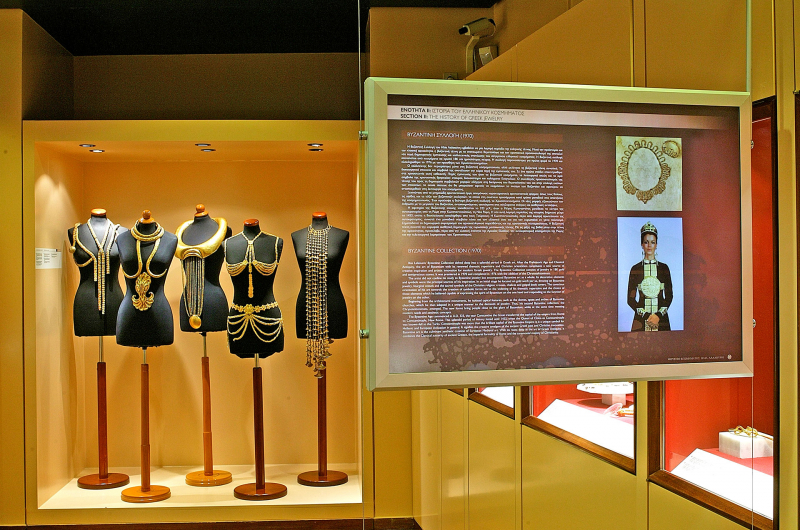
Ilias Lalaounis Jewellery Museum -
The Greek Museum is situated in a charming and beautiful nineteenth-century home built around 1840. Nearly 1200 odd musical instruments are on display in the Museum of Greek Folk Musical Instruments. All of the displays depict the evolution of Greek music over the last 5000 years. The museum's extensive collection is distributed across three floors. The instruments in the exhibit are classified as percussion, wildwood, strings, brass, and keyboard. The exhibitions on the various floors also feature a variety of tambourines and percussions constructed from dried mud, as well as bagpipes, flutes, and violins. Some are very fascinating, particularly the Greek Shepherds' flutes made of goatskin.
Other amazing items include cane flutes coated in snakeskin and flutes crafted from predatory bird eggs. Visitors may also admire the box lyres and baglamas, which are classic Greek string instruments constructed of wood or tortoiseshell. You may listen to brief sections of the instruments while walking through the museum and inspecting the displays. The Museum of Greek Folk Musical Instruments is not well-known, but it is worth a visit if you enjoy music and have an ear for sounds. Discovering rare and unusual instruments is both interesting and exciting.
Location: 1-3, Diogenous Str., Plaka, Athens, Greece
View Details: bit.ly/3sJZyKE
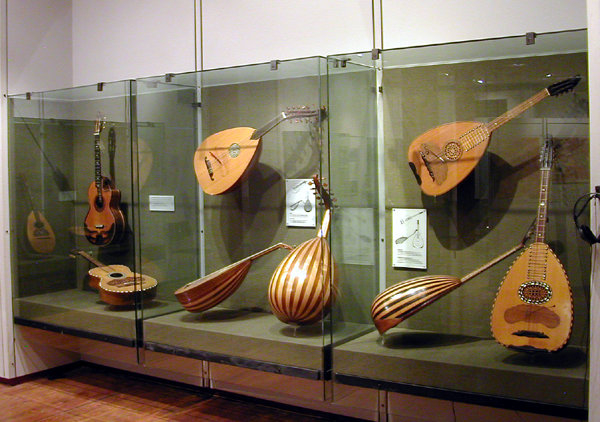
Museum of Greek Folk Musical Instruments 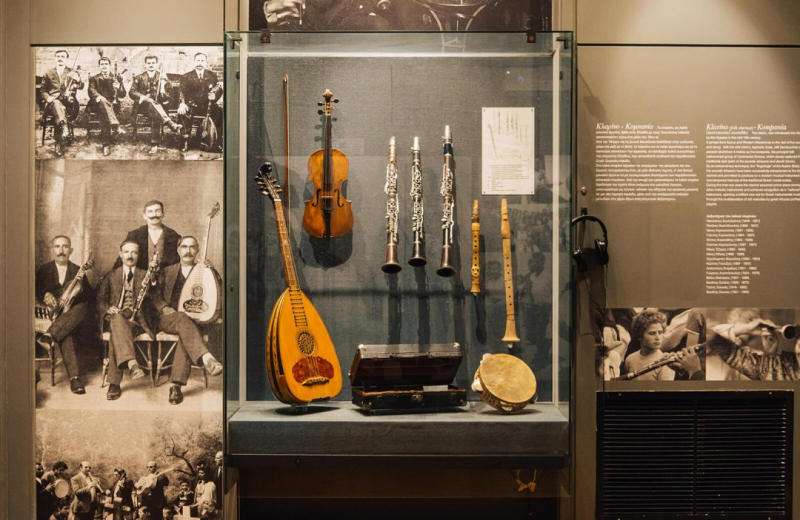
Museum of Greek Folk Musical Instruments -
The Museum of Cycladic Art in Athens, which opened in 1986, houses a 5000-year-old artwork collection from the Cyclades Islands. This Greek Museum is particularly well-known for housing many and timeless works of art from Cyprus and Ancient Greece. Over 3000 items of art from Cyprus, Ancient Greece, and the Cyclades are housed at the museum. The displays trace the development of numerous civilizations in the Aegean Sea islands and the Mediterranean region from the fourth century BC to the sixth century AD.
The museum's first floor houses about 350 sculptures, utensils, and figures made of stone, marble, bronze, clay, and marble. These items date from the Early Bronze Age and are indicative of Cycladic civilization. The second and fourth floors house almost 4000 artifacts dating from 2000 BC to the fourth century AD. The exhibits, which include jewelry, vases, glass-made artifacts, and swords, are all from the Central Aegean and reflect the existence of Classical civilization on the islands.
The third level is entirely dedicated to relics (about 500 artifacts made of stone, silver, gold, bronze, marble, and clay) discovered in Cyprus between the Chalcolithic and Modern eras. The fourth level houses around 142 objects from the Antiquity period. Each item is labeled with an explanation to allow visitors to go deeper into the subject and become acquainted with how a day in the life of an Ancient Greek looks.
Location: 4, Neophytou Douka str., Athens 106 74
Website: cycladic.gr
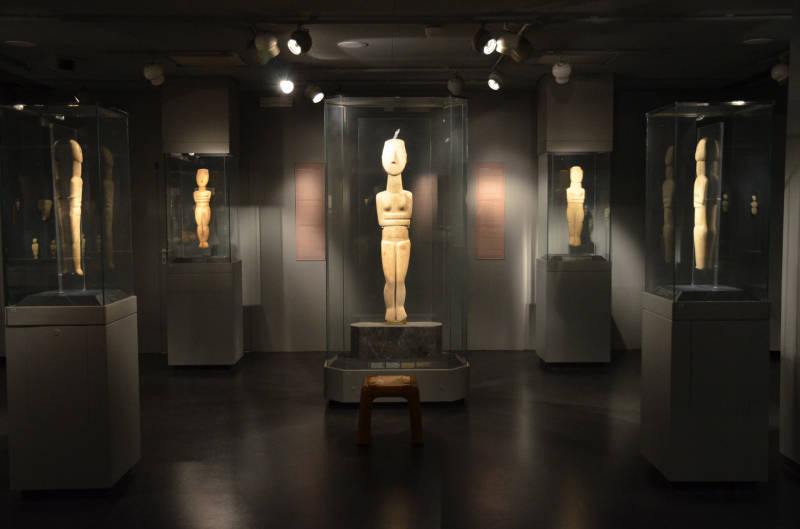
Museum of Cycladic Art 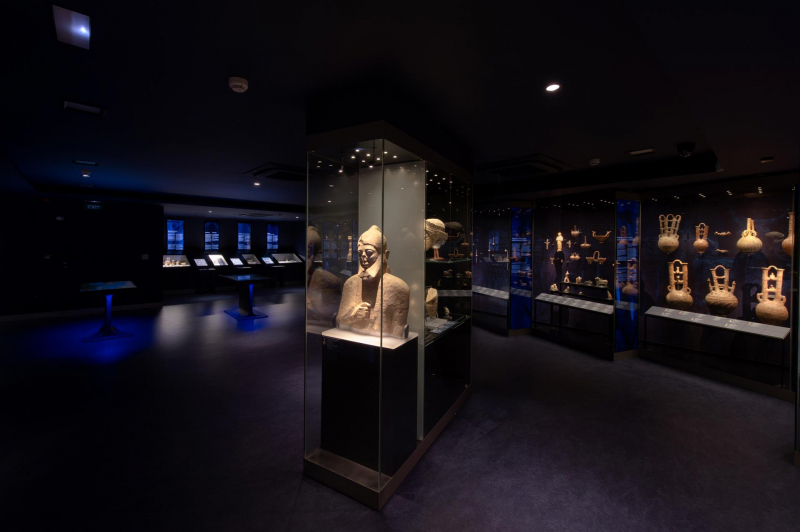
Museum of Cycladic Art -
The National Archaeological Museum, established in the eighteenth century, is one of Greece's major archaeological institutions. Because of its outstanding collection of Ancient Greek art, this Greek museum is regarded as one of the best in the world. This was once known as the Central Museum and was built between 1866 and 1889. It was built to showcase the countless finds unearthed in Athens and its surrounding areas from the beginning of the prehistoric period to the Late Antiquity Age. It has housed artefacts from all throughout the country over the years. During World War II, the structure was locked, and the pieces were put in wooden crates and buried to prevent German forces from plundering them.
The museum provides tourists with a comprehensive understanding of the Ancient Greek civilisation by displaying artefacts such as stone pots, jewelry, pottery, ivory, marble, and glass. Mummies and golf funeral masks may also be found. The museum also has some of the most exquisite Greek antique jewels, making it one of the most popular.
Location: Eikostis Ogdois Oktovriou 44, Athens, Attica 10682
Website: namuseum.gr/en
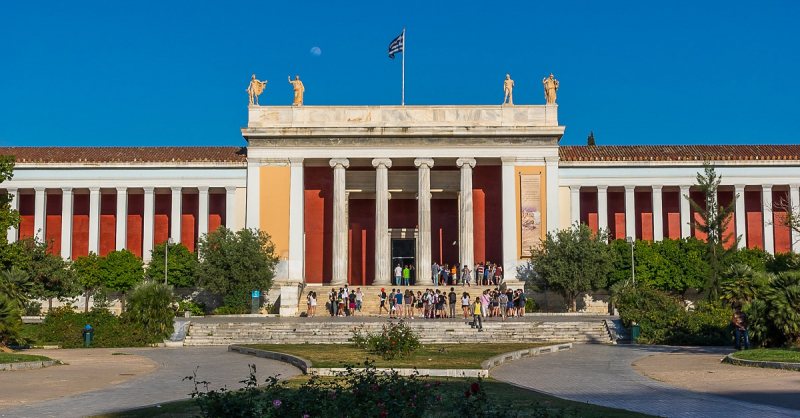
National Archaeological Museum 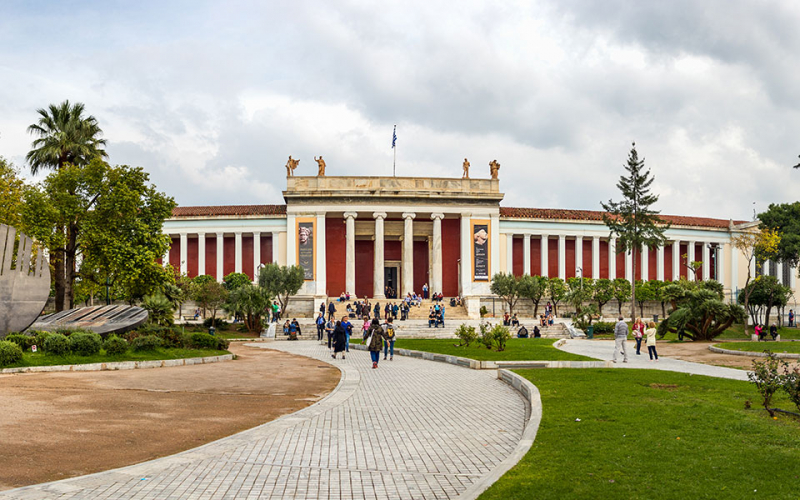
National Archaeological Museum -
The Athens' Epigraphical Museum is one of the largest museums in Greece. This Greek museum houses a collection of 14,078 primarily Greek inscriptions spanning the period from early historical periods to the Late Roman era. It is placed on the National Archaeological Museum's south side. This museum features stone shelves with tersely labeled shelves, and the two newer portions provide insight into the Greek writing system and expose aspects of history. The museum carefully maintains these unique inscriptions over a long period of history.
The museum's only goal is to safeguard, conserve, protect, display, and promote the epigraphical treasures that it houses. In the specialized library, there are photographic and impression archives. The museum is also working on creating a digital catalogue that future visitors will be able to view online.
Location: 1 Tositsa Str., Athens, Greece
View Details: athens-museums.com/guide/history-archaeology/231-epigraphical-museum
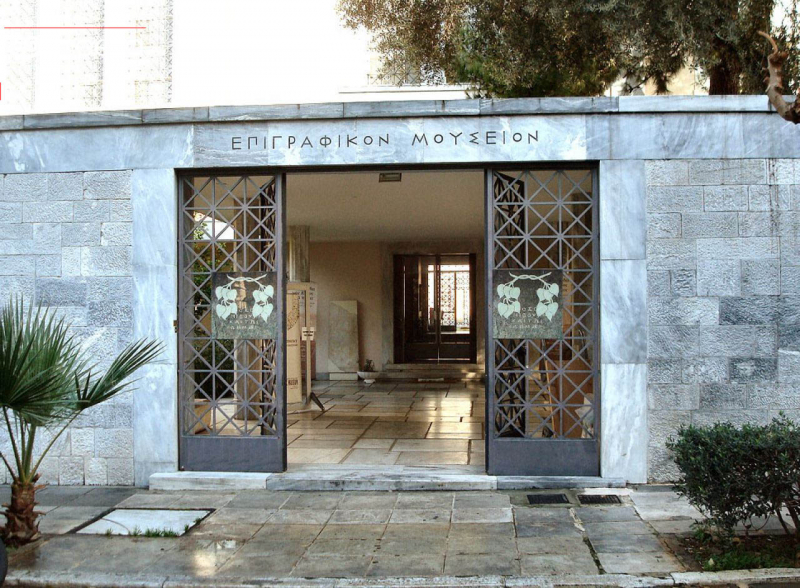
Epigraphical Museum 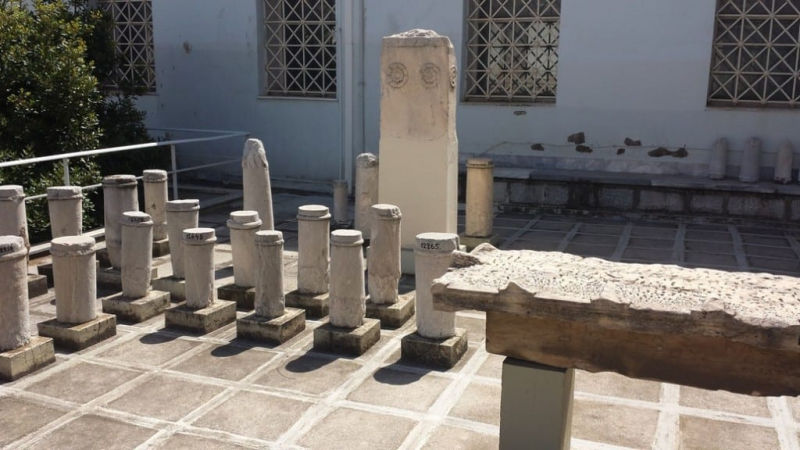
Epigraphical Museum -
This 130 million Euro Greek Museum was created by US-based architect Bernard Tschumi and Greek architect Michael Photiadis to replace the little museum near the Parthenon. As you enter the museum, the glass floor reveals the remains of an ancient Athens neighborhood. Climbing up the sacred hill on the base floor - Gallery of the Slopes of Acropolis - is similar to catching views of the ruins on the glass floor below. The displays feature painted cases and themes of donations from god-worshiping shrines. It also includes newer artefacts discovered during settlement excavations, like two clay sculptures of Nike at the gateway.
The top-level, which contains the Parthenon Gallery, is the icing on the cake. The temple's 160m long frieze is housed in a glass atrium. The structure was reinstalled in its original location, following the plan of the building. You may walk beside it and inspect it in great detail. The Panathenaic procession is depicted on the frieze, with two groups splitting off and rejoining on the east side of the peplos to Athena. To comprehend the frieze, you must watch the video that is being shown on the floor. There are also reproductions of the so-called Parthenon Marbles scattered among the originals, which are golden in color.
Location: Acropolis Museum, 15 Dionysiou Areopagitou Street, Athens 11742
Website: theacropolismuseum.gr
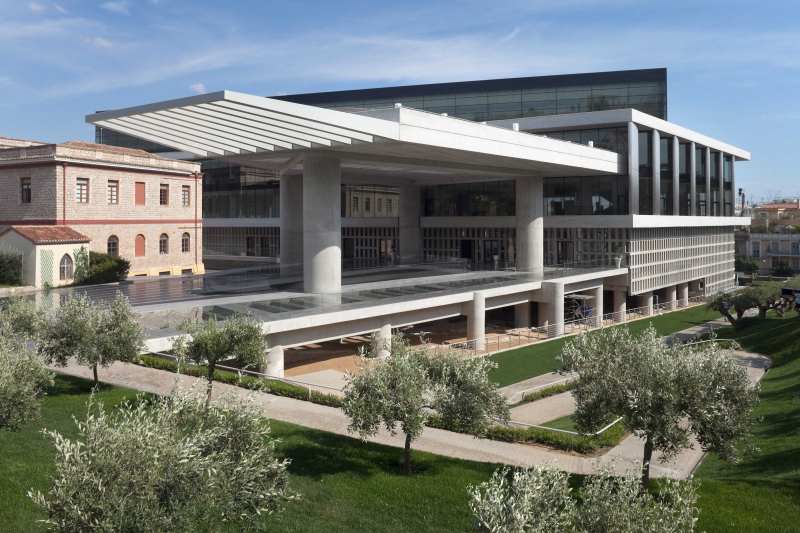
Acropolis Museum 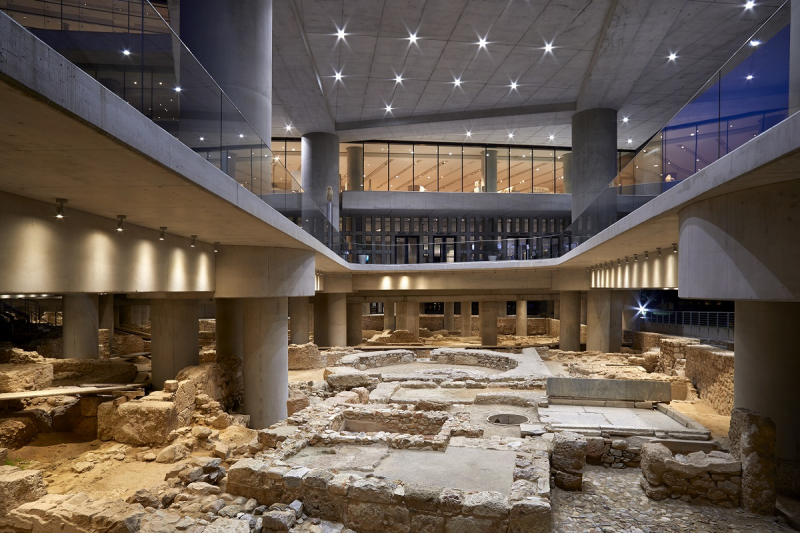
Acropolis Museum -
The Heraklion Archaeological Museum is a museum in the Cretan city of Heraklion. It is one of the greatest museums in Greece and the best in the world for Minoan art since it houses by far the most important and comprehensive collection of artifacts from Crete's Minoan culture. In English, it is commonly referred to as "AMH" (for "Archaeological Museum of Heraklion"), a term that is still occasionally used by the museum itself. The majority of the items from Knossos and other Minoan sites on Crete are housed at the museum.
The Heraklion Archaeological Museum is a Special Regional Service of the Ministry of Culture, with the mission of acquiring, safeguarding, conserving, recording, studying, publishing, displaying, and promoting Cretan artifacts from the Prehistoric to the Late Roman periods. The museum hosts a range of cultural events and organizes temporary exhibitions in Greece and abroad. It also interacts with scientific and intellectual institutes.
Location: 1 Xanthoulidou, Heraklion, Crete 712 02
Website: heraklionmuseum.gr
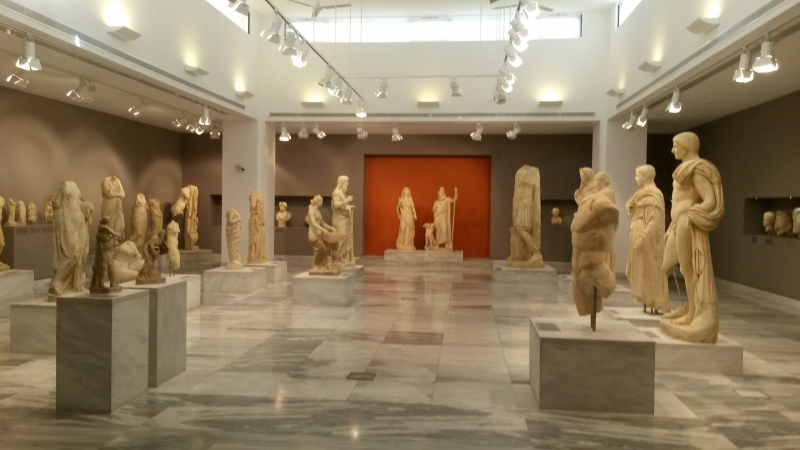
Heraklion Archaeological Museum 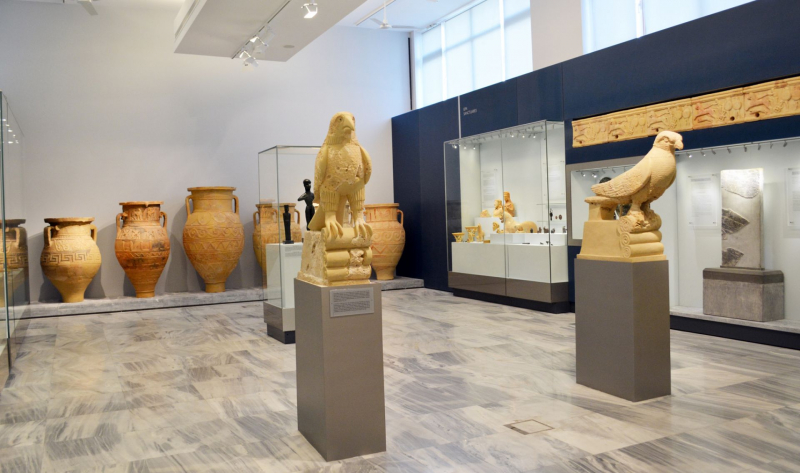
Heraklion Archaeological Museum -
The Piraeus Archaeological Museum is located near the port of Zea. Its permanent exhibition features findings mostly from the city and the southern shore of Attica. The museum's collection spans the Mycenaean era through Roman times and reconstructs the history of ancient Piraeus, a major commercial city in the Eastern Mediterranean.
This frequently ignored, but must-see, the museum traces Piraeus' history from the Mycenaean to Roman eras—a span of 2,200 years during which the port city prospered as a shipyard and important military and economic center. The museum's main exhibits were discovered at Piraeus and along the Attica shoreline. The museum gardens contain remnants of Zea's theatre from the second century B.C. The 4th century B.C. bronze sculptures discovered during maintenance on the Piraeus sewage system in 1959 are particularly impressive. The statues were buried in a neighboring cemetery to protect them from invaders and Christians. Don't miss Praxiteles' statue of Artemis, one of antiquity's finest sculptors.
Location: 31 Trikoupi Charilaou, Piraeus, Attica 185 36
View Details: bit.ly/39zhVLr
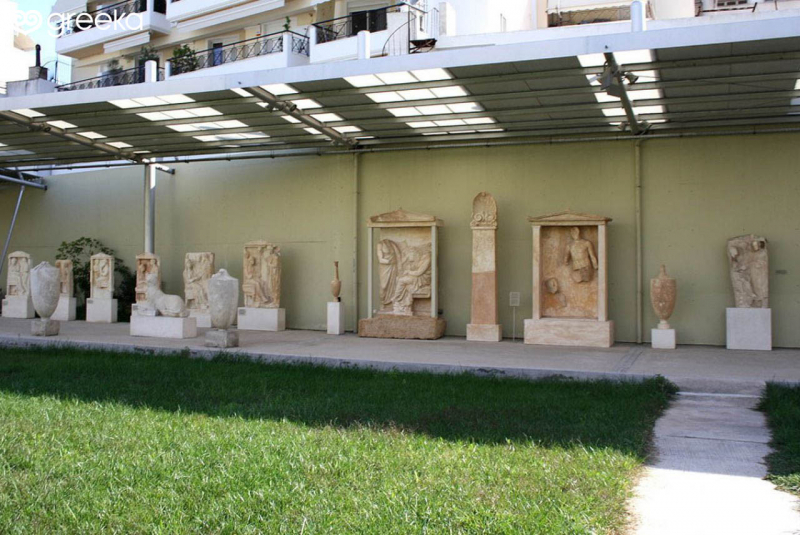
Archaeological Museum of Piraeus 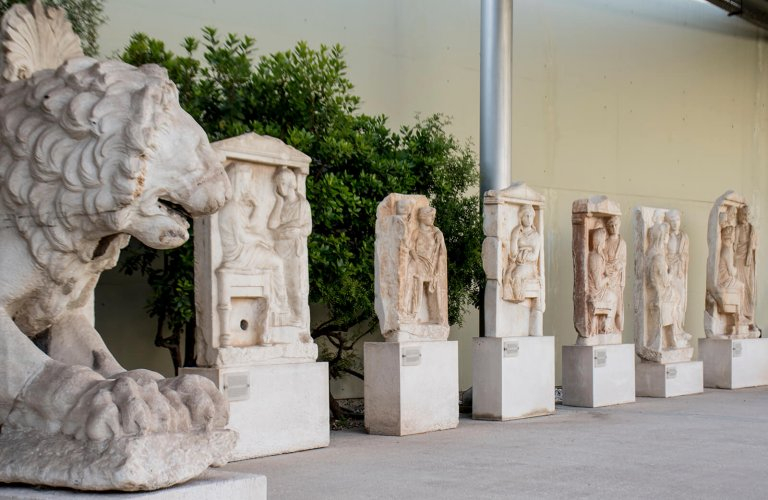
Archaeological Museum of Piraeus -
The museum is a scientific institution that is open to the public and aims to collect, preserve, protect, conserve, exhibit, and study works and objects from the early Christian, Byzantine, medieval in general, and post-Byzantine periods, primarily from the geographical area of Macedonia, as well as excavation material from the territorial scope of the 9th Ephorate of Byzantine Antiquities, with which it works closely. When required for the enrichment and fuller, richer, and more scientifically informed presentation of its reports, the Museum of Byzantine Culture collaborates with the other Ephorate.
The museum's collection spans the centuries from the second to the twentieth. They are mostly derived through collections, legacies, seizures, donations, or were obtained through private or public help. The majority of the collection is made up of coins, seals, and minor items, with sculptures and symbols coming in second. They came from churches, private homes, and cemeteries in Thessaloniki and Macedonia. Iconic paintings from the 16th and 17th centuries have great aesthetic worth. However, unique textiles from the early Byzantine period (loans from the Benaki Museum), tomb works, and mosaics are especially noteworthy. Selected relics are temporarily loaned to other museums in the United States and overseas for traveling displays.
Location: 2 Leoforos Stratou, Thessaloniki, Central Macedonia 546 40
Website: mbp.gr/en/home
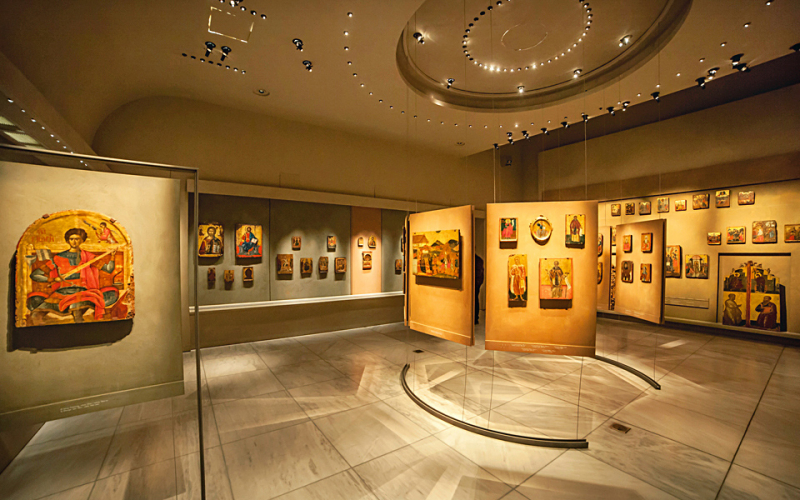
Museum of Byzantine Culture 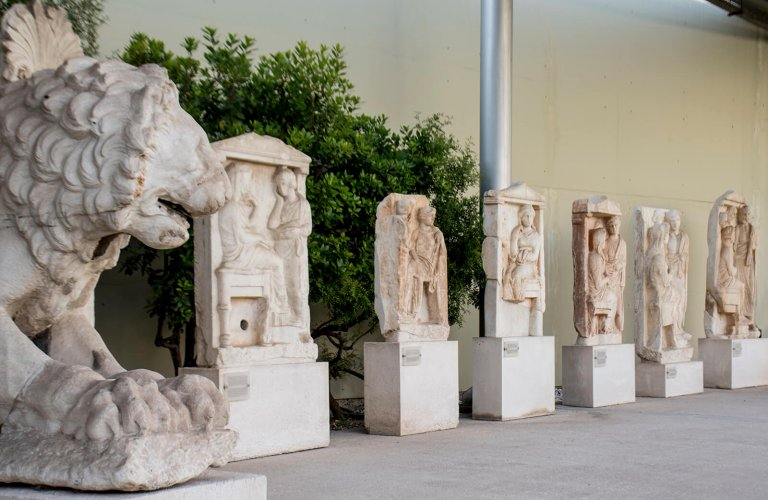
Museum of Byzantine Culture












